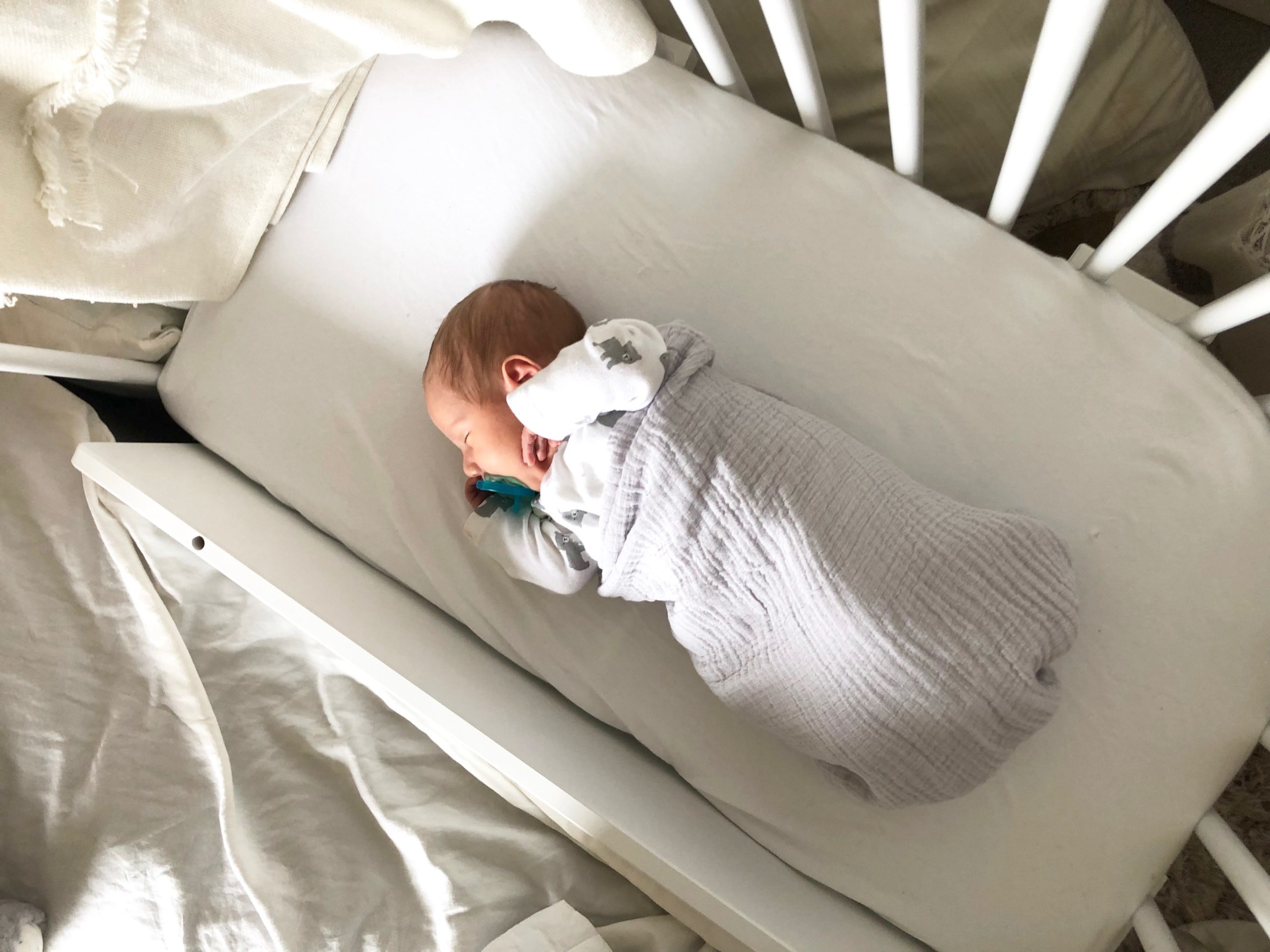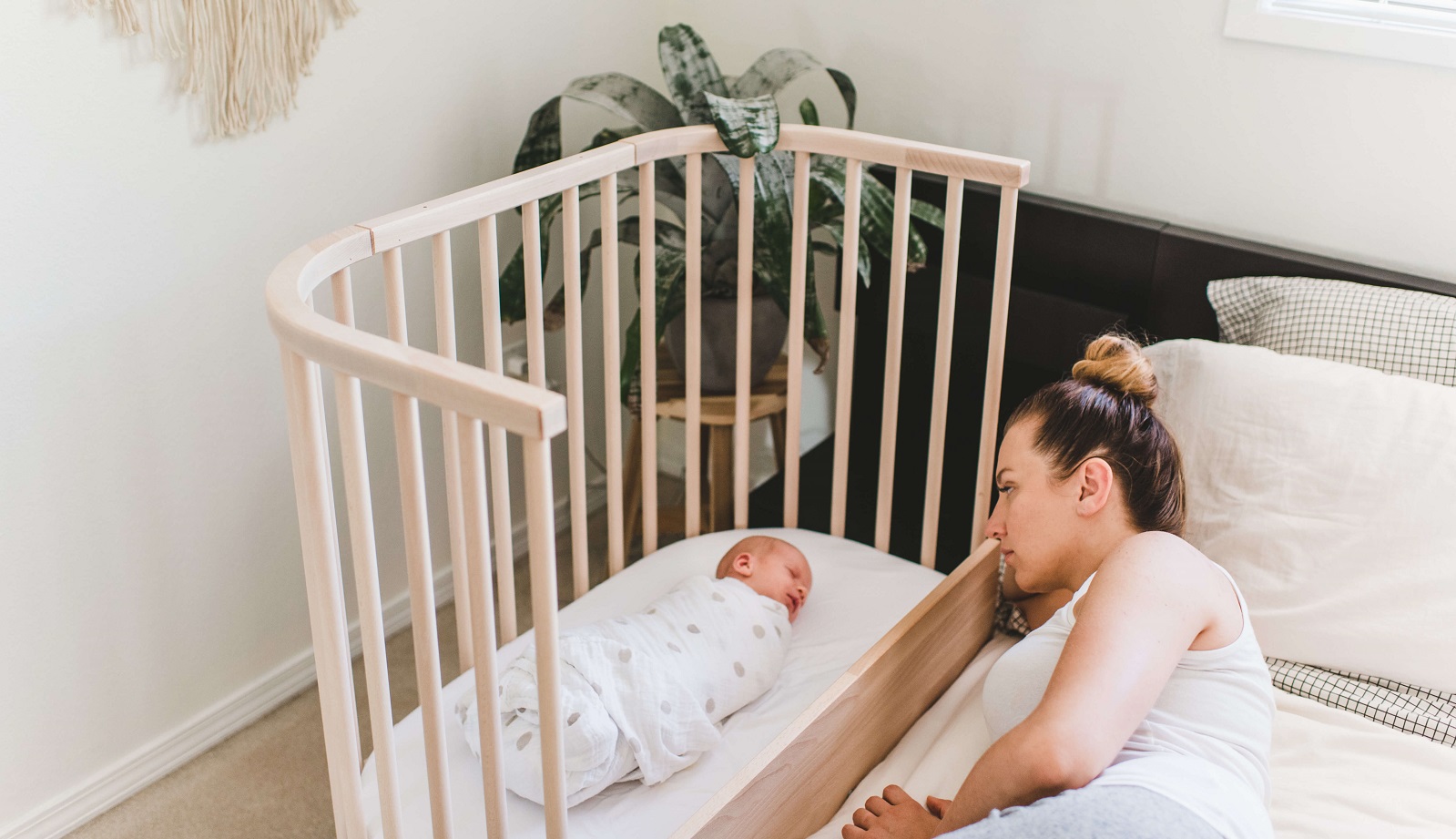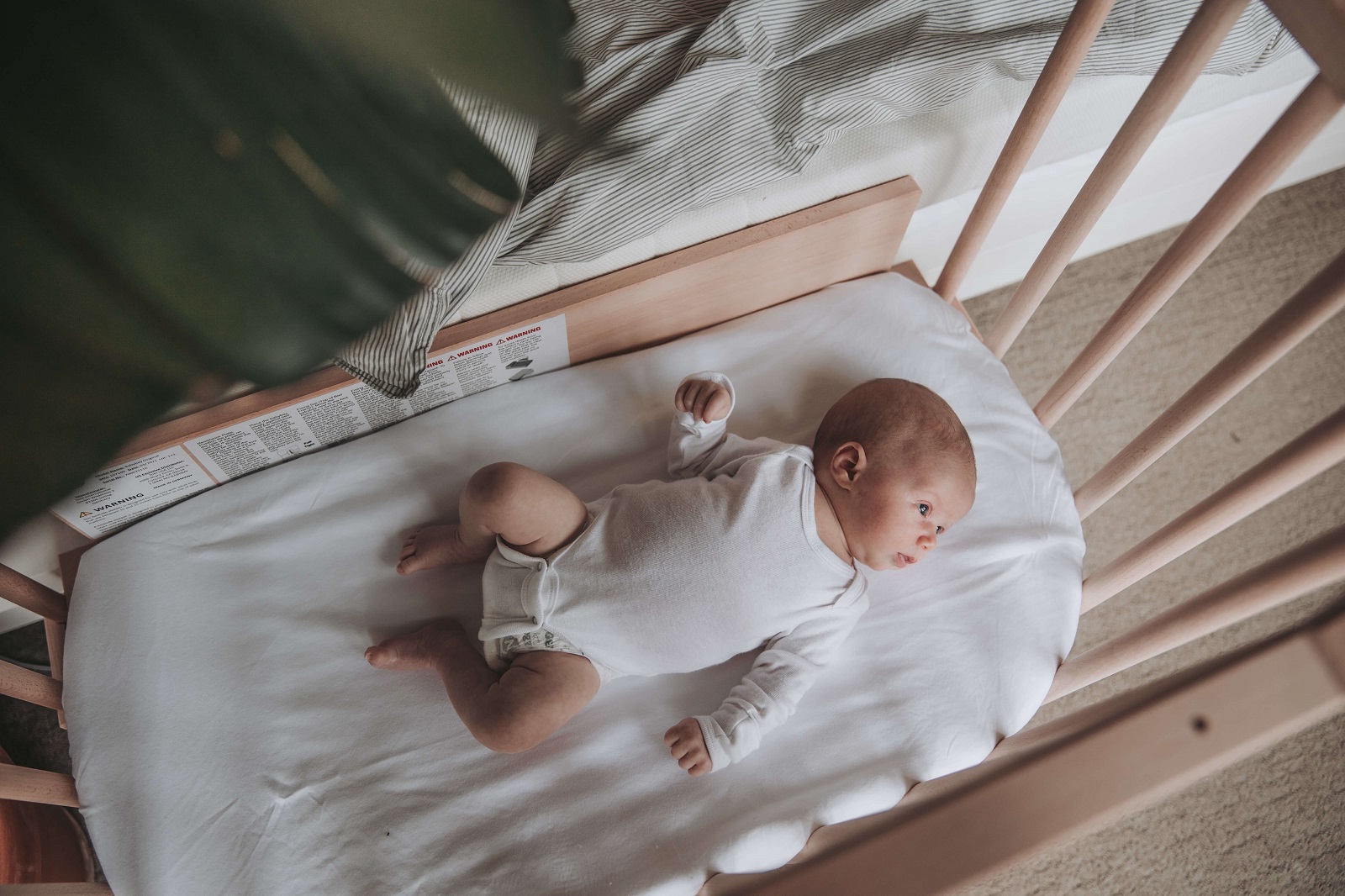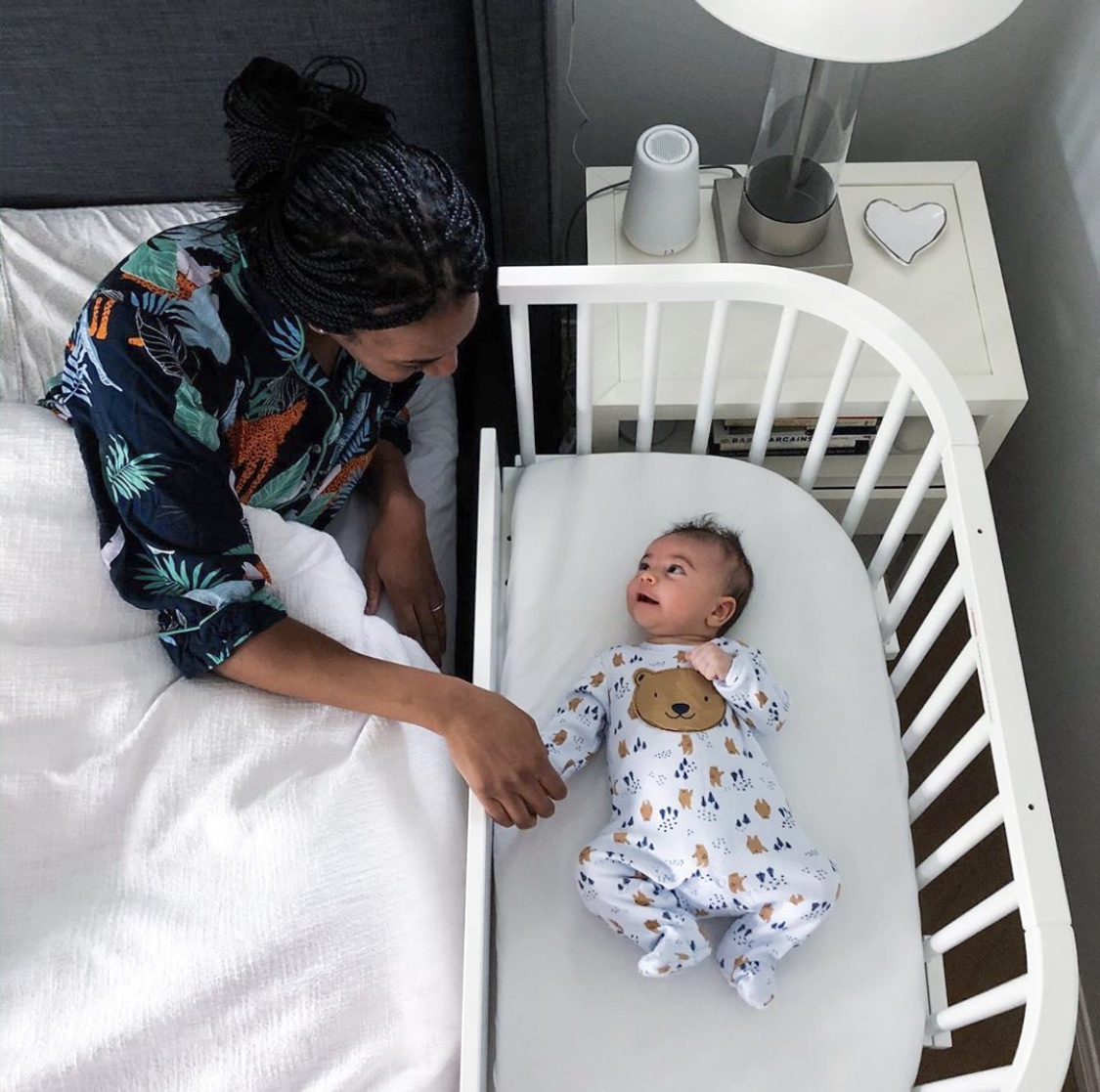
What Is Co-Sleeping and How Do I Know if It’s Right for My Baby?

Is Co-Sleeping Bad? Let’s Talk About It

Why is Co Sleeping Bad for Newborns? (Hint: It’s Not!)

How to Safely Co-Sleep With Your Newborn in the Perfect Bedroom Setup






Discount Applied Successfully!
Your savings have been added to the cart.